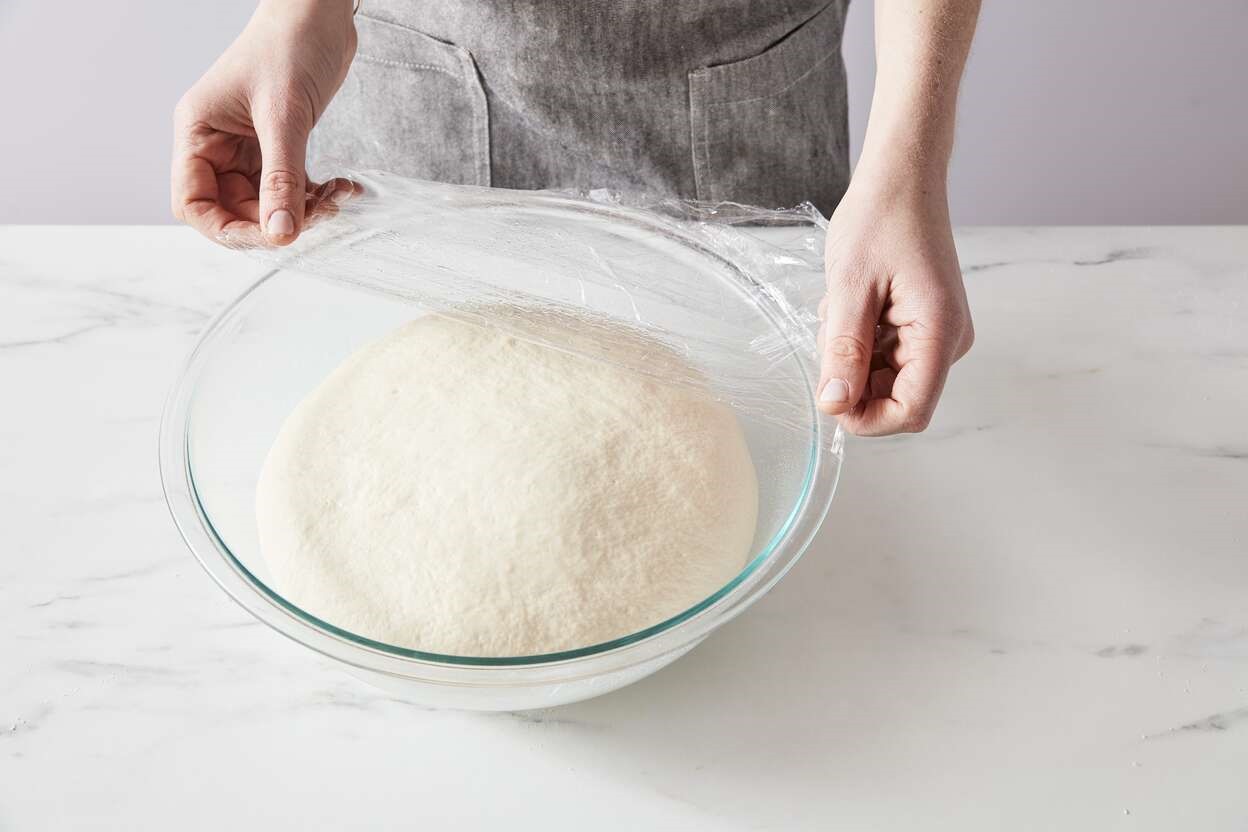

Articles
How To Store Fresh Dough
Modified: January 8, 2024
Learn the best ways to store fresh dough in this informative article. Discover tips and techniques for preserving its freshness and ensuring delicious results every time.
(Many of the links in this article redirect to a specific reviewed product. Your purchase of these products through affiliate links helps to generate commission for Storables.com, at no extra cost. Learn more)
Introduction
Fresh dough is a versatile ingredient that can be used to make delicious breads, pastries, and pizzas. Whether you’re a seasoned baker or a novice in the kitchen, knowing how to store fresh dough properly is essential to keep it at its best quality and extend its shelf life.
When stored correctly, fresh dough can last for several days in the refrigerator, and even longer when frozen. But improper storage can result in dry, tough, or even spoiled dough. In this article, we will explore the best practices for storing fresh dough, whether you plan to use it in a few days or want to save it for later.
To ensure your dough retains its freshness and tastes just as good as when it was freshly made, it’s important to choose the right container, prepare the dough properly for storage, and follow the correct storage methods. By doing so, you can enjoy the convenience of having homemade dough readily available whenever you need it.
Key Takeaways:
- Properly storing fresh dough is essential for maintaining its quality and extending its shelf life. Choosing the right container, prepping the dough, and storing it at the correct temperature are crucial steps to ensure delicious homemade dough whenever you need it.
- Freezing fresh dough is a great way to extend its shelf life, but proper thawing is key to preserving its texture and quality. Follow the recommended thawing process and use the dough within the suggested timeframe for the best baking results.
Read more: How To Store Dough
Choosing the Right Container
When it comes to storing fresh dough, selecting the right container is crucial to maintain its texture and prevent it from drying out or absorbing strong odors from the refrigerator or freezer. Here are some considerations to keep in mind when choosing a container:
- Airtightness: Opt for containers that have airtight seals or lids to prevent air from entering and causing the dough to dry out. This will help preserve the moisture content of the dough and keep it fresh for longer.
- Size: Choose a container that is large enough to accommodate the dough without squishing or compressing it. Leaving some room for the dough to expand slightly during storage will help maintain its shape and texture.
- Material: Glass or food-safe plastic containers are ideal for storing fresh dough as they are non-reactive and won’t absorb any odors or flavors. Avoid using containers made of metal or other materials that may affect the taste or quality of the dough.
Alternatively, you can use resealable plastic bags specifically designed for food storage. These bags are convenient for storing individual portions of dough and can be tightly sealed to keep the dough fresh.
It’s important to note that whatever container you choose, make sure it is clean and free from any residue or strong odors that might affect the dough’s flavor. Properly cleaning and drying the container before storing the dough will ensure its freshness is preserved.
Prepping the Dough
Before you store the fresh dough, it’s important to prep it properly to ensure optimal storage and quality. Here are some steps to follow when prepping the dough:
- Shape and portion the dough: Divide the dough into smaller portions based on your future usage. If you plan to make individual bread rolls or pizza crusts, divide the dough accordingly. Shaping the dough into individual portions allows for easier storage and prevents the need to defrost and use more dough than necessary.
- Coat with oil: To prevent the dough from drying out during storage, lightly coat each portion with a thin layer of oil. This helps create a barrier and keeps the moisture trapped inside the dough. Olive oil or vegetable oil works well for this purpose.
- Wrap in plastic wrap: Place each portion of dough on a piece of plastic wrap and tightly wrap it, ensuring there are no gaps or exposed areas. This additional layer of protection helps to maintain the dough’s moisture and prevents any cross-contamination in the refrigerator or freezer.
- Label and date: Before placing the wrapped dough in the container, be sure to label each portion with the type of dough and the date it was prepared. This will help you keep track of the freshness and ensure you use the oldest dough first.
By following these prepping steps, you will not only make the storage process easier but also help maintain the quality and texture of the fresh dough for future use.
Storing in the Refrigerator
Storing fresh dough in the refrigerator is a convenient option when you plan to use it within a few days. The cool temperature of the refrigerator slows down the fermentation process and helps maintain the dough’s freshness. Here’s how to store fresh dough in the refrigerator:
- Transfer to a container: Place the prepped dough portions in an airtight container or resealable plastic bag. Make sure to leave some space for the dough to slightly expand. Seal the container tightly to prevent any air from entering.
- Position in the refrigerator: Find a spot in your refrigerator where the temperature is consistently cool, usually around 40°F (4°C). Ideally, store the dough on the middle or bottom shelf to avoid temperature fluctuations caused by opening and closing the refrigerator door.
- Check periodically: It’s a good practice to check on the dough every day or two to ensure it remains fresh and hasn’t developed any off flavors or odors. If you notice any signs of spoilage, discard the dough immediately.
- Usage timeframe: Generally, stored dough can be used within 2 to 3 days in the refrigerator. However, it’s always best to check the instructions of the specific dough recipe you are using, as different types of dough may have different storage recommendations.
Remember that even when stored in the refrigerator, the quality of the dough will gradually decline over time. It’s recommended to use the dough as soon as possible for the best results.
After shaping the dough, place it in a lightly oiled bowl, cover with plastic wrap, and store in the refrigerator for up to 24 hours. This will slow down the fermentation process and allow the dough to develop more flavor.
Freezing the Dough
If you want to extend the shelf life of your fresh dough beyond a few days, freezing is a great option. Freezing the dough allows you to store it for several weeks or even months, while still maintaining its quality. Here’s how to freeze fresh dough:
- Prepare for freezing: Follow the prepping steps mentioned earlier, shaping the dough into individual portions, coating them with oil, and wrapping them tightly in plastic wrap.
- Double protection: To provide an extra layer of protection against freezer burn, place the individually wrapped dough portions into a freezer-safe bag or wrap them in aluminum foil. Again, be sure to seal them tightly to prevent air from entering.
- Label and date: Like with storing in the refrigerator, label each portion with the type of dough and the date it was frozen. This will help you keep track of the freezing time and prioritize the oldest dough first.
- Position in the freezer: Place the dough in the coldest part of your freezer, such as the back or bottom. Avoid storing it near the freezer door, as that area tends to experience temperature fluctuations when the door is opened and closed frequently.
Properly frozen dough can last for several months in the freezer, but it’s important to note that the longer it stays frozen, the more the quality will deteriorate. To avoid freezer burn and maintain the best taste and texture, it’s recommended to use the dough within 2 to 3 months.
Note: While freezing is a great way to extend the shelf life of fresh dough, keep in mind that some types of dough may not freeze well or may require specific thawing and proofing techniques. Always refer to the instructions of your dough recipe or consult a trusted source for guidance on freezing specific dough types.
Read more: How To Store Cookie Dough
Thawing and Using the Frozen Dough
When you’re ready to use the frozen dough, it’s important to thaw it properly to ensure it regains its original texture and quality. Here are the steps to thaw and use frozen dough:
- Transfer to the refrigerator: The best way to thaw frozen dough is by transferring it from the freezer to the refrigerator. Place the wrapped dough portions in the refrigerator and allow them to thaw slowly overnight or for about 8-12 hours. This gradual thawing process helps the dough retain moisture and prevents it from becoming soggy or unevenly thawed.
- Bring to room temperature: Once the dough is thawed in the refrigerator, remove it and let it sit at room temperature for about 30 minutes to an hour. Allowing the dough to come to room temperature makes it easier to work with and helps it rise properly during baking.
- Follow recipe instructions: Proceed with your chosen recipe as usual, following the instructions for shaping, proofing, and baking the dough. Remember that the thawed dough may take slightly longer to rise compared to freshly made dough, so be patient and allow it the necessary time to double in size.
- Storage limitations: Once you have thawed and used the dough, it’s generally not recommended to refreeze any unused portions. The repeated freezing and thawing process can affect the texture and quality of the dough.
By following these steps, you can successfully thaw and use your frozen dough while maintaining its freshness and ensuring the best results in your baked goods.
Tips for Optimal Freshness
To ensure that your fresh dough stays fresh and delicious for as long as possible, here are some additional tips to keep in mind:
- Use high-quality ingredients: The quality of your dough will greatly depend on the ingredients you use. Always opt for fresh and high-quality flour, yeast, and other ingredients to ensure the best flavor and texture in your dough.
- Properly store leftover dough: If you have any leftover dough after shaping and portioning, store it separately in a sealed container or airtight bag. This allows you to use smaller portions as needed without exposing the entire batch to air and moisture.
- Keep an eye on expiration dates: If you’re using store-bought dough, be sure to check the expiration date before storing it. Using dough that has passed its expiration date may result in poor quality and potential health risks.
- Avoid temperature fluctuations: Try to minimize the number of times you open and close the refrigerator or freezer door, as frequent temperature changes can affect the dough’s quality and texture.
- Allow dough to come to room temperature: If you’ve stored the dough in the refrigerator or freezer, it’s important to allow it to come to room temperature before using it in recipes. This helps the yeast become active again and allows the dough to rise properly.
- Adjust baking time and temperature: When using refrigerated or frozen dough, you may need to slightly adjust the baking time and temperature specified in the recipe. Monitor the dough closely during baking and make necessary adjustments to achieve the desired results.
- Experiment with flavors: Don’t be afraid to get creative with your fresh dough. Add herbs, spices, or other flavorings to the dough before storing it to infuse it with unique tastes. This allows you to have pre-flavored dough at your disposal for a variety of recipes.
By following these tips, you can ensure that your fresh dough stays flavorful, moist, and in optimal condition for all your baking needs.
Conclusion
Properly storing fresh dough is essential to maintain its freshness, texture, and taste. Whether you choose to store it in the refrigerator or freezer, following the correct procedures will help prolong its shelf life and ensure excellent results in your baked goods.
Choosing the right container, prepping the dough properly, and storing it at the appropriate temperature are crucial steps to keep in mind. Additionally, thawing the frozen dough correctly and using it within the recommended time frame will help you achieve the best results.
By implementing the tips shared in this article, such as using high-quality ingredients, minimizing temperature fluctuations, and allowing the dough to come to room temperature before baking, you can enjoy fresh and delicious homemade dough whenever you need it.
Remember, practice and experimentation will help you refine your dough storage techniques and discover what works best for you. With these valuable skills and knowledge, you can confidently store fresh dough and unlock a world of baking possibilities.
So go ahead, stock up on your favorite dough recipes, and enjoy the convenience and satisfaction of having homemade dough at your fingertips!
Frequently Asked Questions about How To Store Fresh Dough
Was this page helpful?
At Storables.com, we guarantee accurate and reliable information. Our content, validated by Expert Board Contributors, is crafted following stringent Editorial Policies. We're committed to providing you with well-researched, expert-backed insights for all your informational needs.
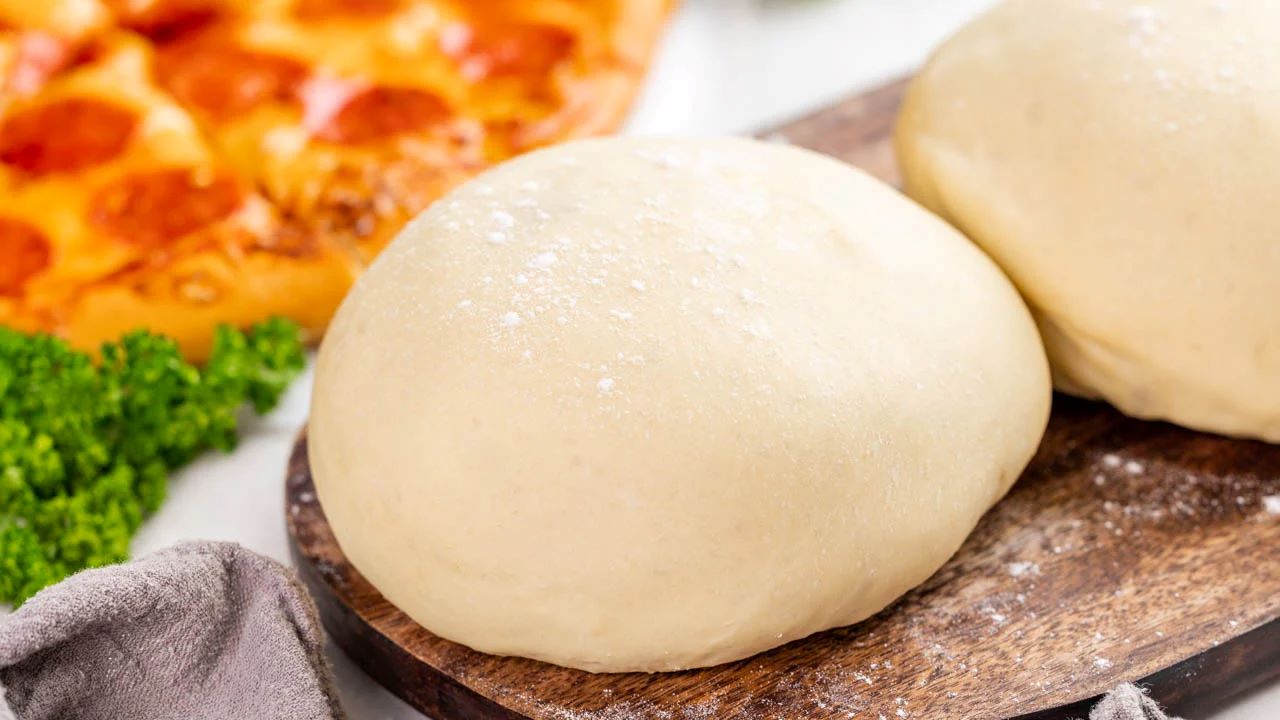
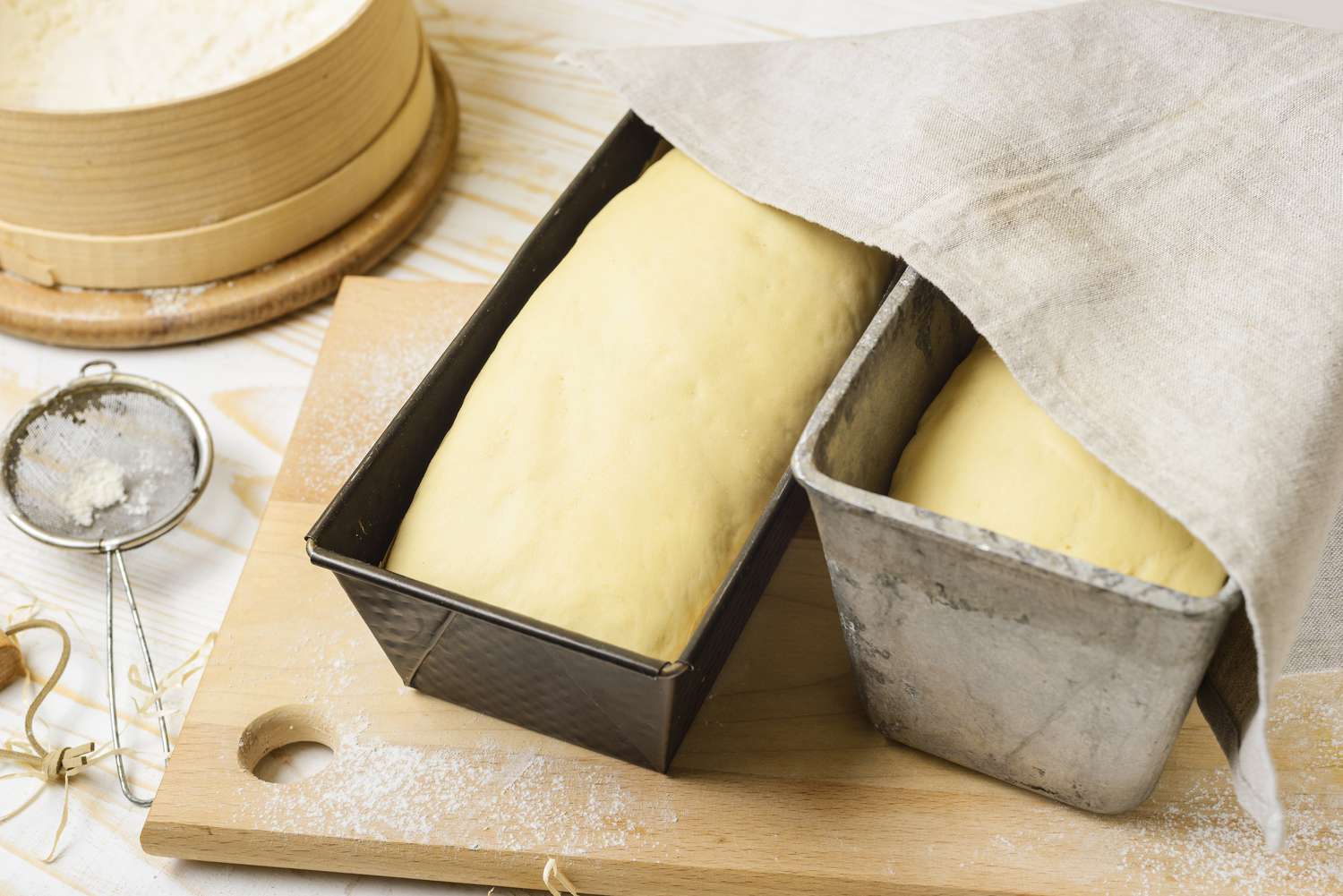
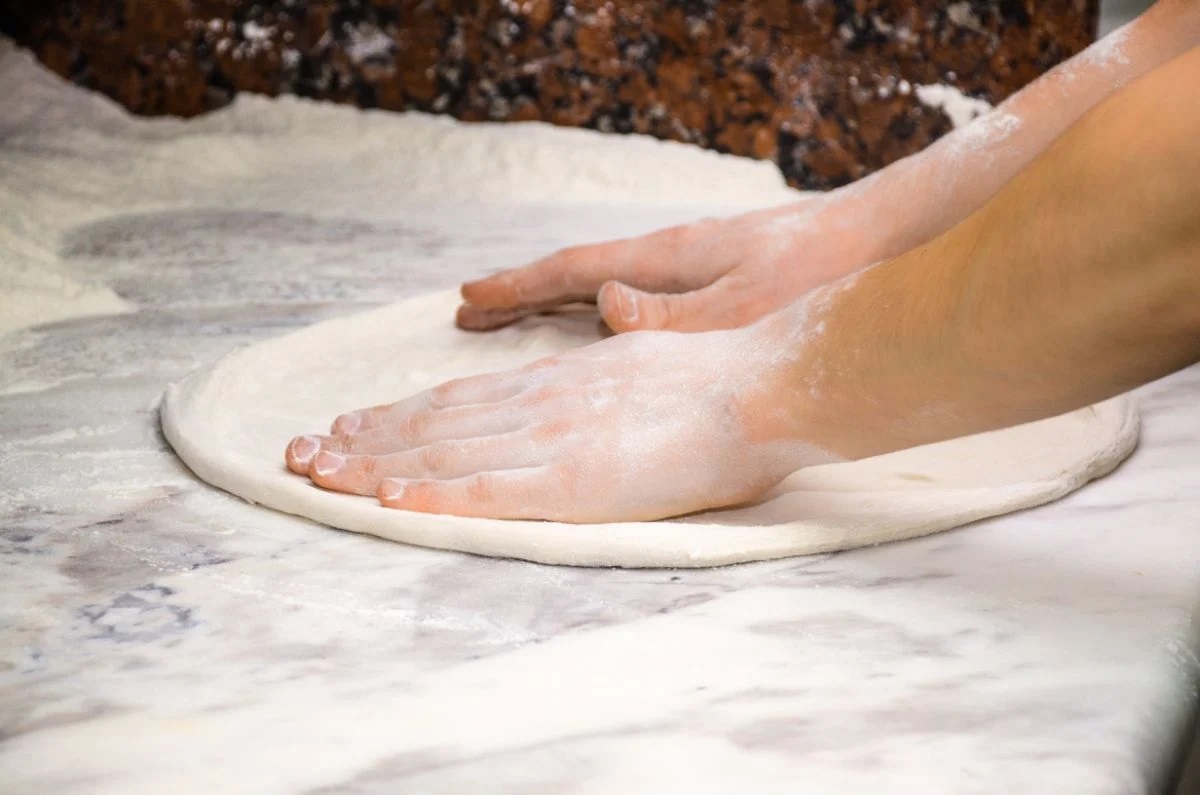

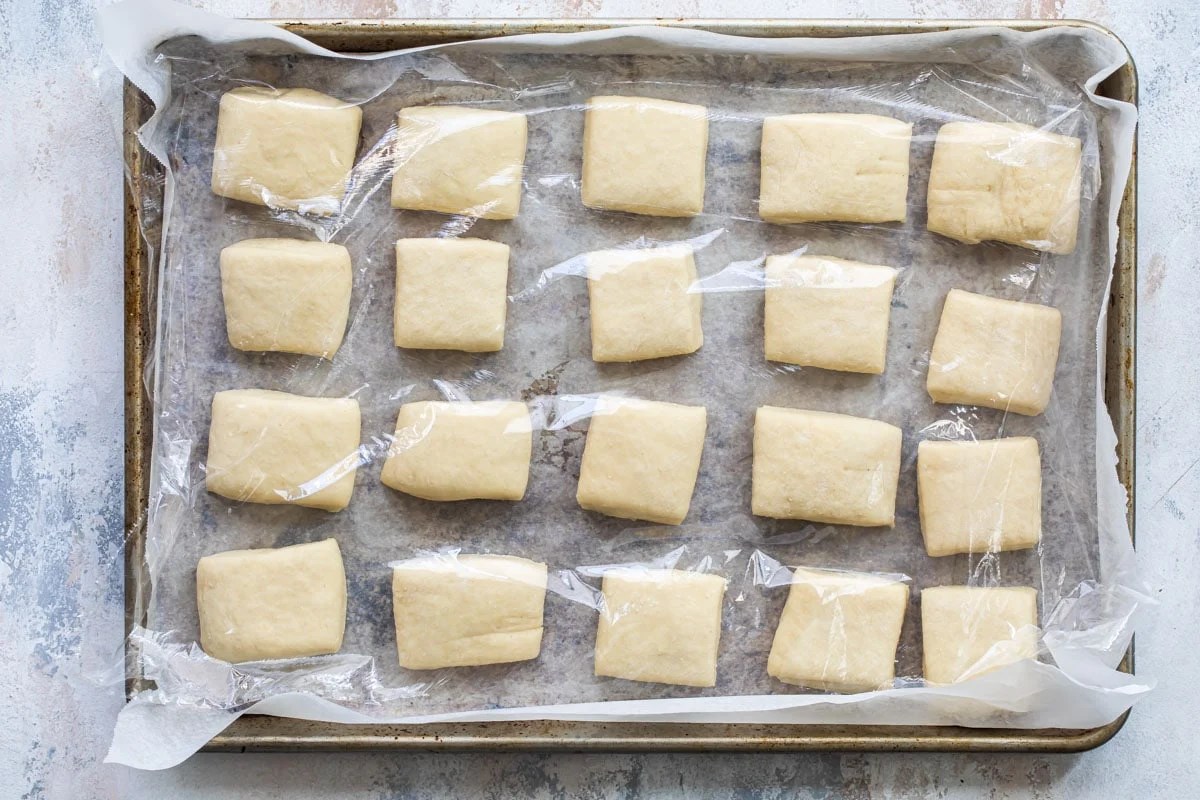
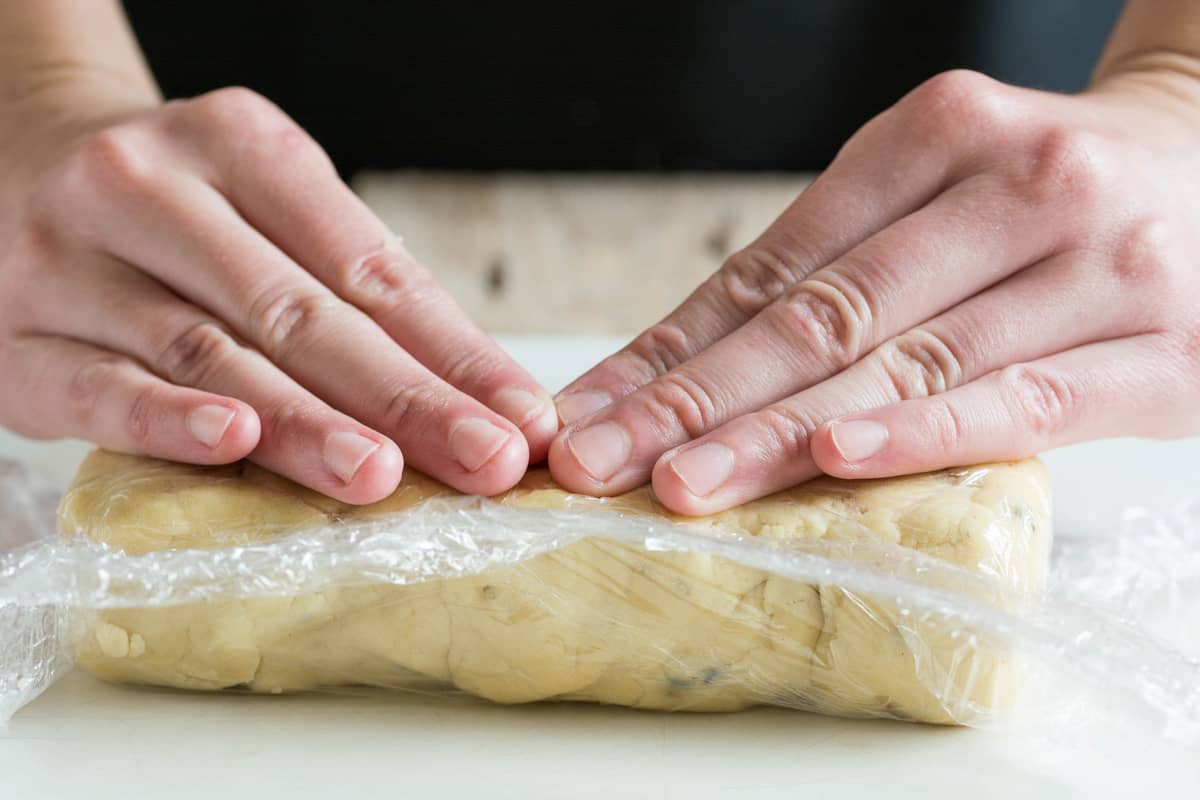




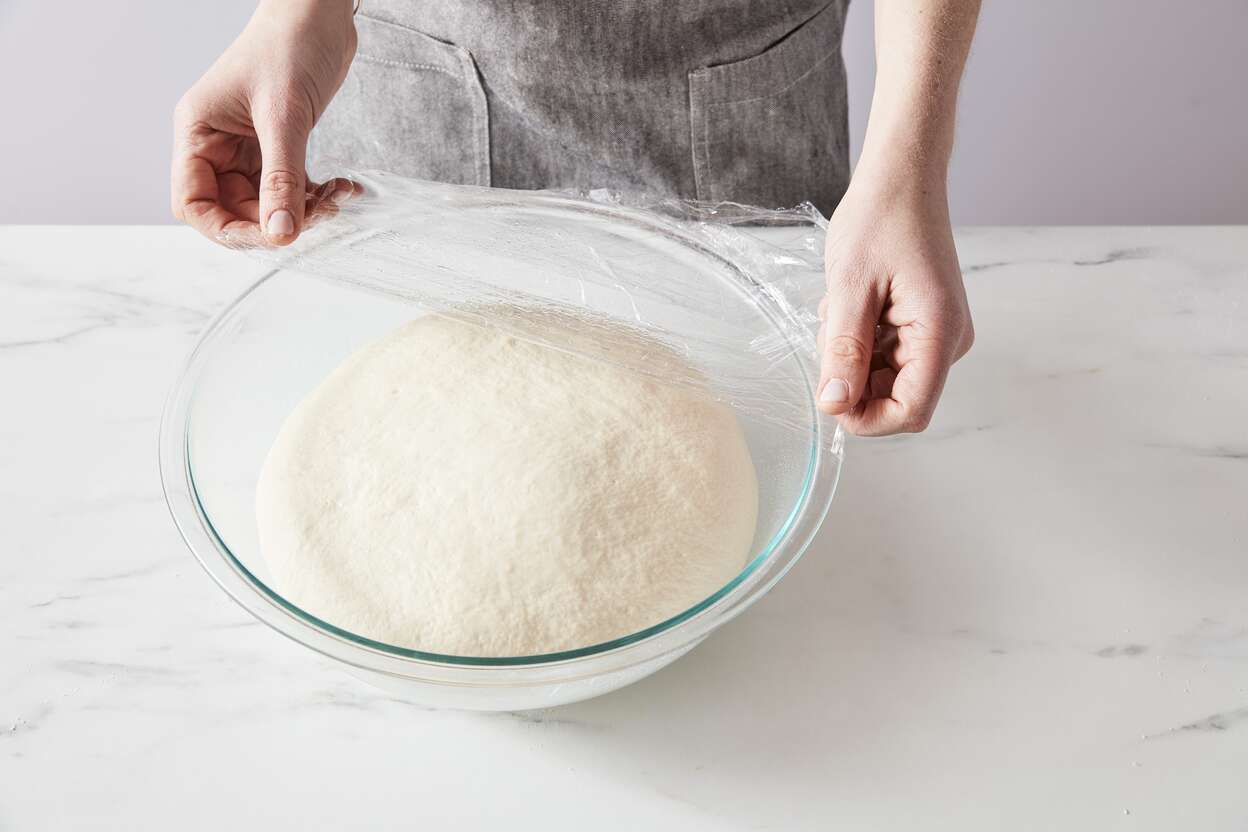

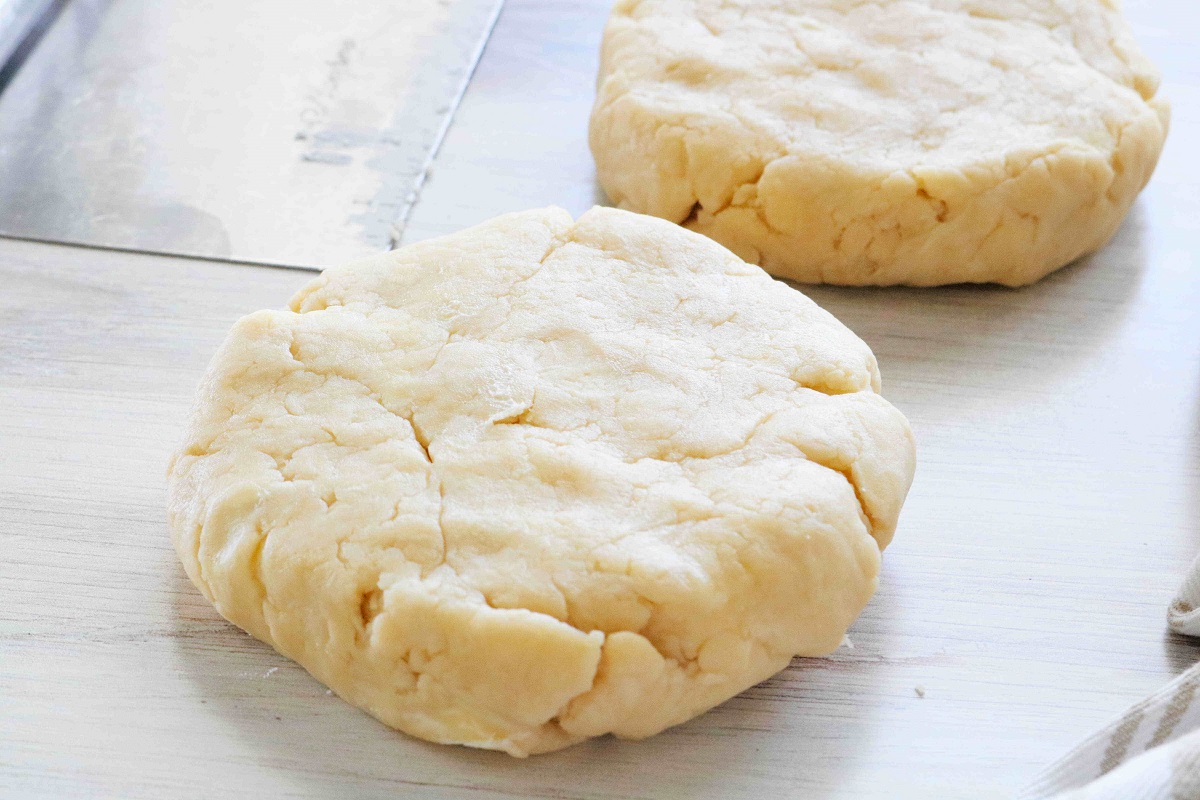
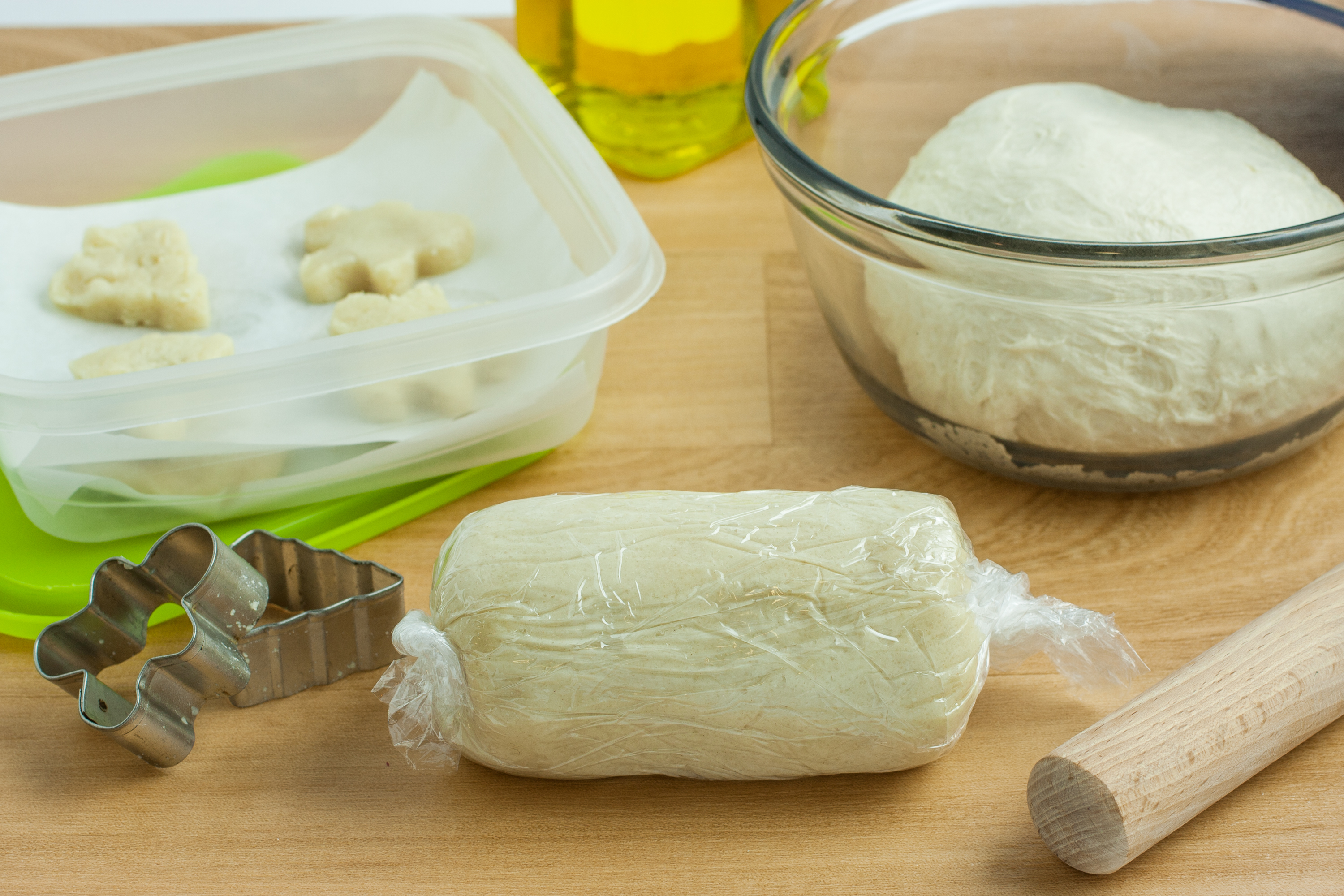

0 thoughts on “How To Store Fresh Dough”